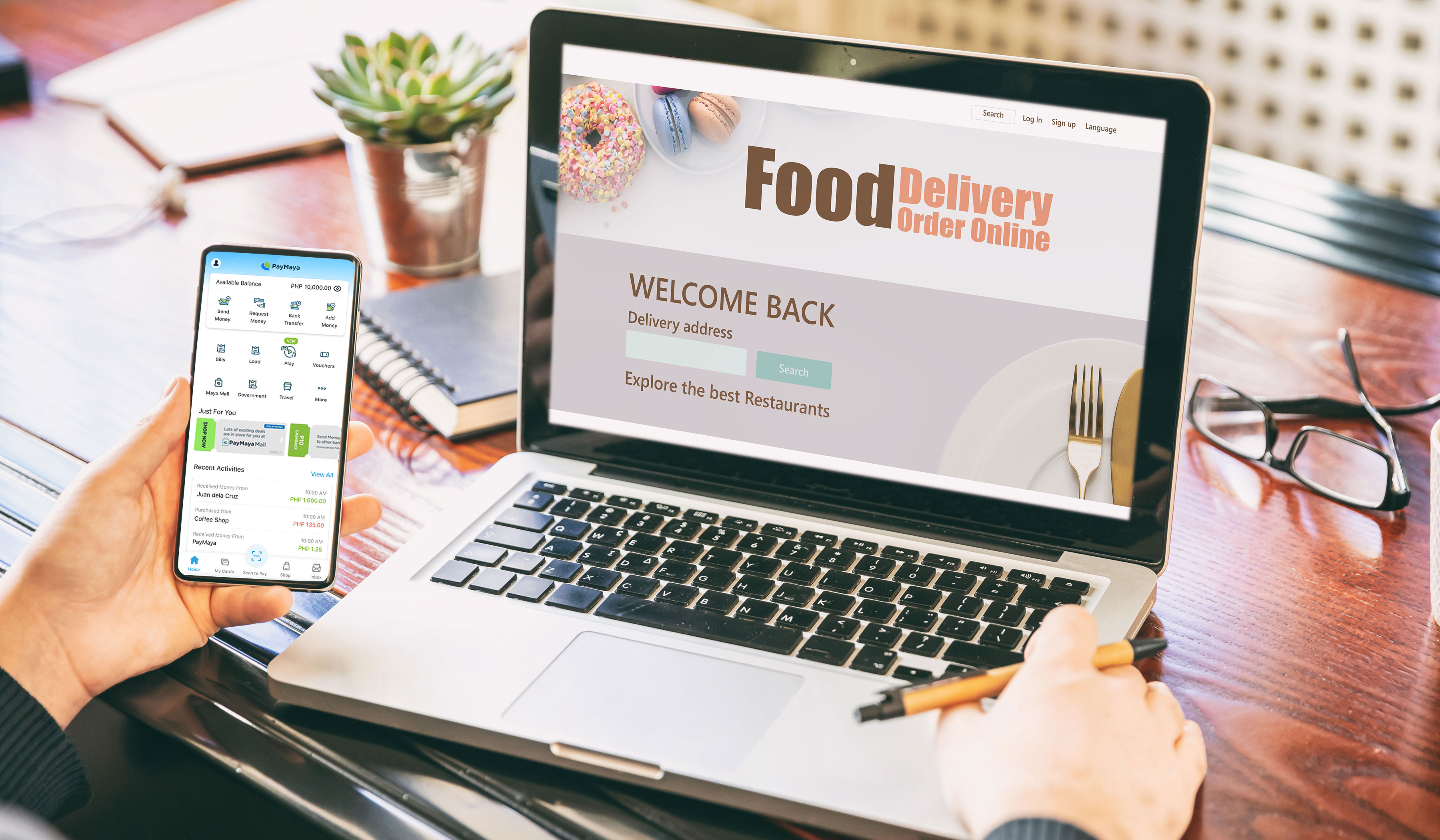
Even before the arrival of the COVID-19 pandemic, the restaurant industry had been in need of a facelift for quite a long time. Inaccurate processes and manual service that had been standard operating procedures for decades were beginning to reveal themselves as outdated, redundant, and inefficient, and the hesitation to adopt new technologies resulted in setting artificial limits on restaurants’ earning potentials. The rapid spread of the coronavirus exacerbated all these issues, forcing many customers to remain in their homes. Consequently, many restaurants were left floundering for solutions, or worse, forced to cease operations.
Smart entrepreneurs are always on the lookout for new ways to deliver high-quality services to their customers, global pandemic or not. If you run a food service establishment and aren’t sure about how to make your service suitable for the 21st century, here are a few ideas.
One of the most important, yet frequently overlooked, segments of a restaurant’s operations is front of-house, more commonly known as order-taking and guest service. This function serves to set guest expectations and makes them feel welcome and wanted—vital aspects of a food service experience
Unfortunately, this aspect of restaurant operations is also one of the most error-prone, owing to the largely manual and human nature of it. Most people have had a poor experience with a server or waitstaff at some point in their lives, and this has had a tremendous impact on many restaurant’s potential earnings. Estimates indicate that 85% of people who have a negative experience at a restaurant are unlikely to return to that same restaurant
One way to remedy this potential problem is to remove the human element completely from service and order-taking. Some establishments have eliminated human order-taking entirely, and they have instead installed kiosks with tablets that customers can use to place orders and pay. Completed orders are tagged with a routing number, which allows customers to pick up their orders from the window once their number is called.
Other restaurants have even eliminated the need for people to deliver food orders from the window to the customer, and instead have installed an automated trolley system that passes by tables to deliver food. A computer controls the travel and movement of the trolley, making it stop when it arrives at its destination so customers can pick up their orders before returning the trolley to the station automatically.
The irony to all this is that much of the technology that drives these systems has been in place in restaurants for many years, except that in the past, a server would be responsible for using them instead of the customers themselves. Critics of these systems say that they rob a restaurant of the comfort that being tended to by another person gives, but in terms of lowering both staffing costs and error rate, their impact cannot be doubted.
Restaurants can no longer sit idly by and await the arrival of throngs of diners who hear about an establishment through a sparkling review in the paper or on a blog. The pandemic has challenged restaurants of all sizes to pick themselves up, and to pursue people wherever they might be instead of waiting for them to come through the door.
Food delivery has been a component of restaurant operations early in the history of the restaurant industry, but how it’s executed today can take several forms. If an establishment needs to be cautious and have control over how their dishes are handled, its management might look into the development of an app with an internally controlled delivery and payment system. This way, the restaurant itself can manage each phase of the service chain, from order taking to completion. Also, restaurants that explore this option can integrate out-of-the-box solutions to provide customers different options for payment.
The Maya ONE Lite, for example, allows food service enterprises to accept cashless on delivery payments by way of a portable handheld device that can process card and e-wallet transactions. Online, installing the Maya Checkout Plug-in into the restaurant’s official website facilitates the completion of online transactions by opening the website up to a variety of payment options. Moreover, the business will be discoverable within the Maya app, which means the restaurant operators will be able to tap into Maya’s pool of millions of users.
Future-proofing a restaurant doesn’t mean simply finding the most high-tech solutions and implementing them right away. It also means practicing sensible and environment-friendly behaviors to ensure that the future of succeeding generations is secure.
This can be done in many ways within the context of restaurant operations. Limiting importation of ingredients and sourcing products locally can have a tremendous impact on many levels. Reducing the distance an ingredient has to travel before arriving on a diner’s plate shrinks the ingredient’s carbon footprint, thus also lessening the greenhouse gas emissions needed to make it available to diners.
Buying from local producers and farmers instead of relying on importation eliminates the costs associated with logistics and handling, all while ensuring that revenue goes back to them with as few middlemen as possible. This, in turn, allows producers to reinvest in their land and their farming methods, resulting in higher quality crops and improved, more arable lands.
Sustainable restaurants must also look into reducing the amount of packaging that their food items come in. Some restaurants have built their operations around multi-use packaging; instead of buying single dishes, customers subscribe to a restaurant’s food service, whether take-out or delivery. When they do, they’re issued a robust takeaway box that can be used, cleaned, and refilled with fresh dishes, eliminating single-use packaging completely.
These are just a few of the possibilities for getting your restaurant ready for the future. See which ones are most appropriate for your operation!
Merchant inquiries:
Maya is powered by the country's only end-to-end digital payments company Maya Philippines, Inc. and Maya Bank, Inc. for digital banking services. Maya Philippines, Inc. and Maya Bank, Inc. are regulated by the Bangko Sentral ng Pilipinas.
www.bsp.gov.ph